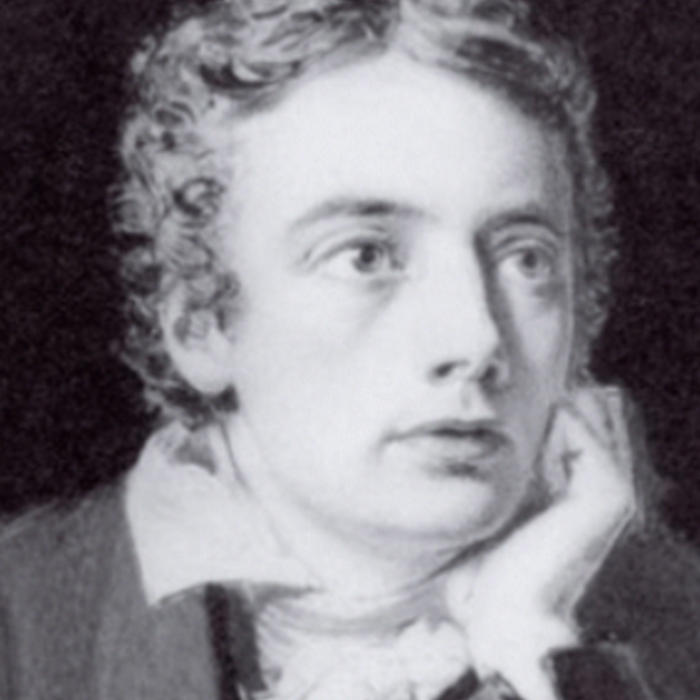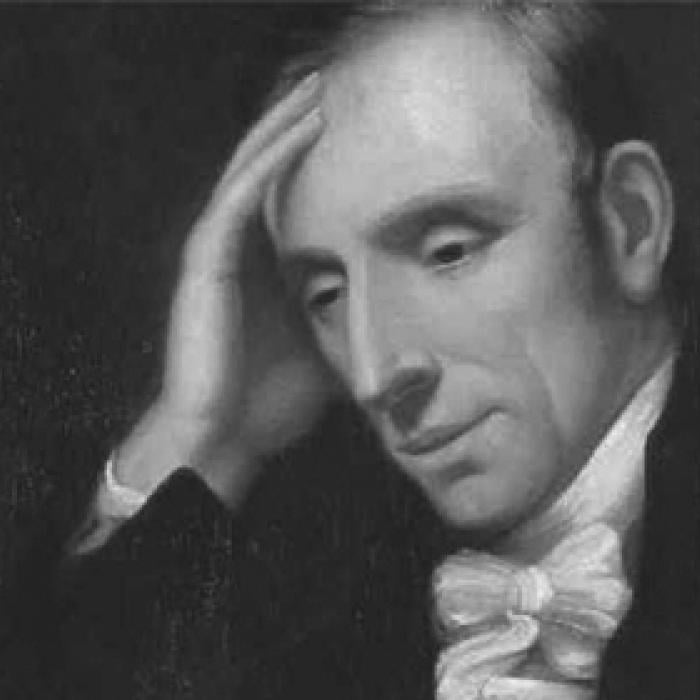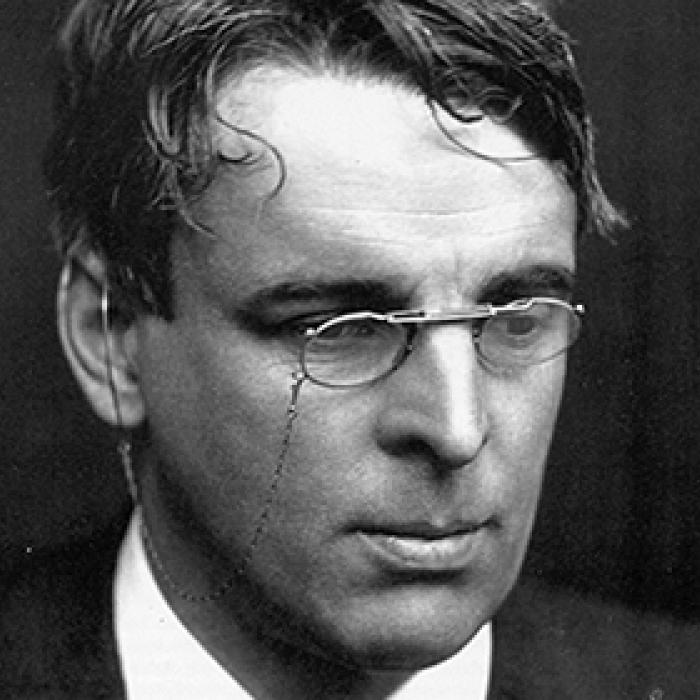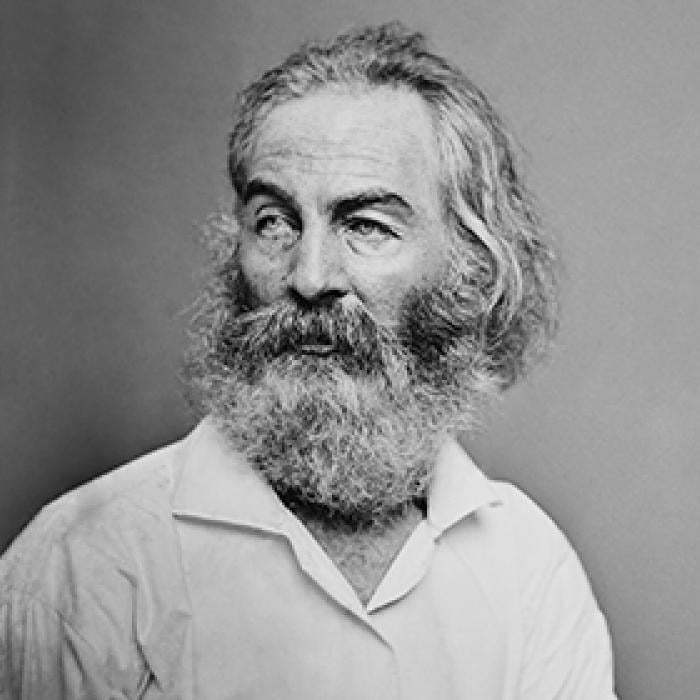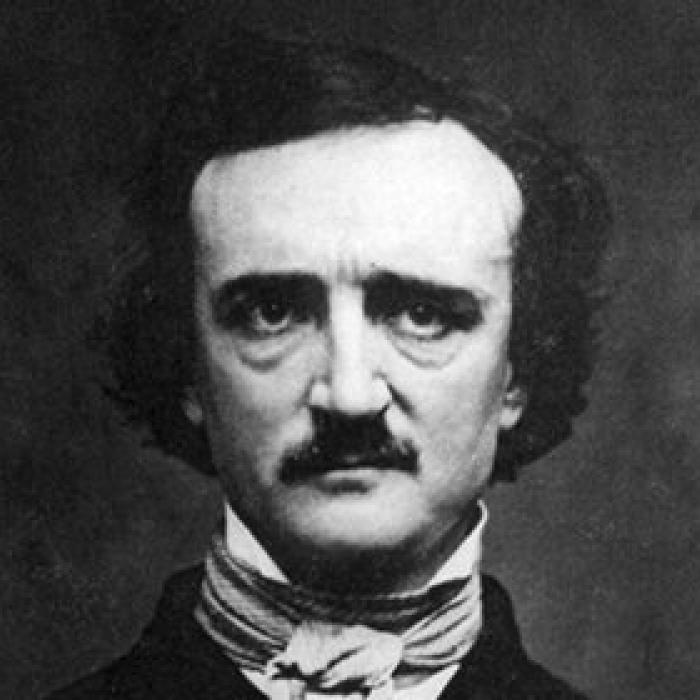Samuel Taylor Coleridge
read poems by samuel taylor coleridge
Samuel Taylor Coleridge, a leader of the British Romantic movement, was born on October 21, 1772, in Devonshire, England. His father, a vicar of a parish and master of a grammar school, married twice and had fourteen children. The youngest child in the family, Coleridge was a student at his father’s school and an avid reader. After his father died in 1781, Coleridge attended Christ’s Hospital School in London, where he met lifelong friend Charles Lamb. While in London, he also befriended a classmate named Tom Evans, who introduced Coleridge to his family. Coleridge fell in love with Tom’s older sister, Mary.
Coleridge’s father had always wanted his son to be a clergyman, so when Coleridge entered Jesus College, University of Cambridge in 1791, he focused on a future in the Church of England. Coleridge’s views, however, began to change over the course of his first year at Cambridge. He became a supporter of William Frend, a Fellow at the college whose Unitarian beliefs made him a controversial figure. While at Cambridge, Coleridge also accumulated a large debt, which his brothers eventually had to pay off. Financial problems continued to plague him throughout his life, and he constantly depended on the support of others.
En route to Wales in June 1794, Coleridge met a student named Robert Southey. Striking an instant friendship, Coleridge postponed his trip for several weeks, and the men shared their philosophical ideas. Influenced by Plato’s Republic, they constructed a vision of pantisocracy—equal government by all, which involved emigrating to the New World with ten other families to set up a commune on the banks of the Susquehanna River in Pennsylvania. Coleridge and Southey envisioned the men sharing the workload, a great library, philosophical discussions, and freedom of religious and political beliefs.
After finally visiting Wales, Coleridge returned to England to find that Southey had become engaged to a woman named Edith Fricker. As marriage was an integral part of the plan for communal living in the New World, Coleridge decided to marry another Fricker daughter, Sarah. Coleridge wed in 1795, in spite of the fact that he still loved Mary Evans, who was engaged to another man. Coleridge’s marriage was unhappy and he spent much of it apart from his wife. During that period, Coleridge and Southey collaborated on a play titled The Fall of Robespierre (1795). While the pantisocracy was still in the planning stages, Southey abandoned the project to pursue his legacy in law. Left without an alternative plan, Coleridge spent the next few years beginning his career as a writer. He never returned to Cambridge to finish his degree.
In 1795 Coleridge befriended William Wordsworth, who greatly influenced Coleridge’s verse. Coleridge, whose early work was celebratory and conventional, began writing in a more natural style. In his “conversation poems,” such as “The Eolian Harp” and “This Lime-Tree Bower My Prison,” Coleridge used his intimate friends and their experiences as subjects. The following year, Coleridge published his first volume of poetry, Poems on Various Subjects, and began the first of ten issues of a liberal political publication entitled The Watchman. From 1797 to 1798 he lived near Wordsworth and his sister, Dorothy, in Somersetshire. In 1798 the two men collaborated on a joint volume of poetry entitled Lyrical Ballads. The collection is considered the first great work of the Romantic school of poetry and contains Coleridge’s famous poem, “The Rime of the Ancient Mariner.”
That autumn the two poets traveled to the Continent together. Coleridge spent most of the trip in Germany, studying the philosophy of Immanuel Kant, Jakob Boehme, and G. E. Lessing. While there, he mastered the German language and began translating. When he returned to England in 1800, he settled with family and friends at Keswick. Over the next two decades, Coleridge lectured on literature and philosophy, wrote about religious and political theory, spent two years on the island of Malta as a secretary to the governor in an effort to overcome his poor health and his opium addiction, and lived off of financial donations and grants. Still addicted to opium, he moved in with the physician James Gillman in 1816. In 1817, he published Biographia Literaria, which contained his finest literary criticism. He continued to publish poetry and prose, notably Sibylline Leaves (1817), Aids to Reflection (1825), and Church and State (1830).
Samuel Taylor Coleridge died in London on July 25, 1834.

